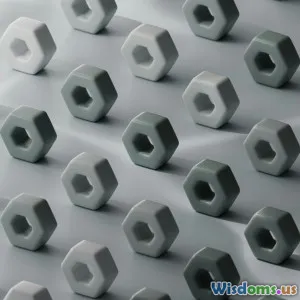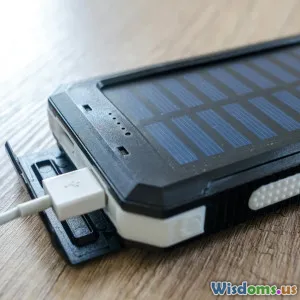
Solar Cells From Waste Plastic Surprising Advances in Chemistry
16 min read Discover groundbreaking advances in converting waste plastic into efficient solar cells through innovative chemistry. (0 Reviews)
Solar Cells From Waste Plastic: Surprising Advances in Chemistry
In the battle against pollution and the pursuit of clean energy, two titanic challenges often seem at odds: plastic waste and renewable power. Yet, recent breakthroughs reveal that these crises could catalyze each other's cure. Scientists and innovators are reshaping the very molecules of our most notorious refuse—waste plastics—to generate electricity from sunlight. This convergence of environmental chemistry and solar technology may soon turn yesterday's discarded bottles into tomorrow's efficient solar cells, offering a surprising, pragmatic hope for the future.
The Plastic Problem Meets Energy Demand
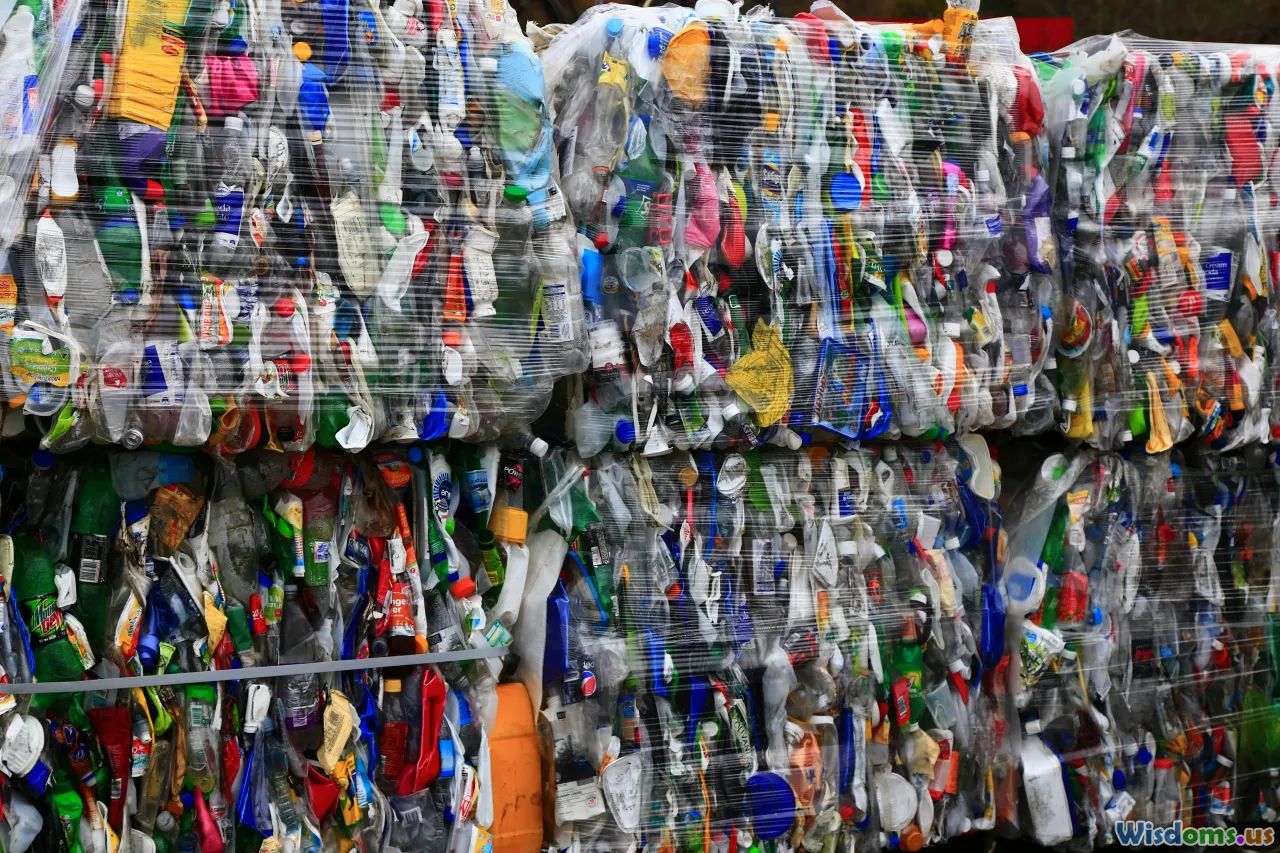
Plastic pollution is an indisputable threat: more than 400 million tons of plastic are produced annually, with a tragic 14 million tons ending up in the oceans each year. Municipal dumps groan under mountains of polyethylene and polystyrene, while conventional recycling rates stagnate below 10% in much of the world.
Meanwhile, the global demand for energy—especially clean, off-grid power—continues to rise. Solar photovoltaic technology has played a central role, but the materials and manufacturing processes have their own sustainability hurdles. Traditional silicon-based solar cells require high energy inputs during production and depend on a stable supply of ultra-refined silicon—a resource-intensive product itself.
This crossroads has inspired researchers to rethink solar cell fabrication by turning one major environmental liability (waste plastics) into a valuable resource, closing the loop on both waste and energy challenges.
Turning Refuse to Resource: Chemistry at Work

How do you transmute discarded, stubbornly persistent plastics into electrical power? The answer lies in chemistry’s ability to transform molecules at the atomic level. Plastics such as PET (polyethylene terephthalate), used in soda bottles, and polystyrene, the substance in ubiquitous styrofoam, consist of long, carbon-based chains that—when broken down—become surprisingly versatile building blocks for advanced materials.
Depolymerization: The Molecular Undoing
A crucial process here is depolymerization, in which large polymer chains are chemically cut down into their original monomers or other valuable intermediates. Through targeted catalytic reactions or even innovative enzymatic approaches inspired by recent microbial discoveries, plastics can be reduced to fundamental chemical units that feed new material synthesis.
For instance, research published in Science (2020) describes an engineered enzyme that converts PET into terephthalic acid and ethylene glycol—key ingredients that have also been repurposed into chemical precursors for photovoltaic (solar cell) materials.
Polymer Solar Cells: Combining Flexibility and Function
Once repurposed, these monomers are customized into conjugated polymers or other light-harvesting molecules, suitable for use in organic photovoltaic (OPV) cells. Unlike crystalline silicon solar panels, OPVs can be printed onto flexible substrates, are lighter, and could potentially be produced cheaply and at scale.
Imagine, for example, a process where shredded PET bottles, after chemical treatment, form new, conductive plastics with the ability to generate an electric current when exposed to sunlight. This has been demonstrated by several university spin-outs and startup labs around the globe, showing functional OPV cells with conversion efficiencies nearing those of early standard silicon panels.
Case Studies: Pioneers Shaping the Field

1. University of Cambridge: The Upcycling Paragon
One of the leading examples comes from the University of Cambridge, where Dr. Erwin Reisner’s team has developed a system that uses sunlight and a photocatalyst to upcycle waste plastics and produce hydrogen alongside electricity. In their advanced setup, PET plastics are broken down under mild conditions to release electrons efficiently harvested by integrated solar cells.
2. Indian Institute of Science (IISc): Flexible Film Advances
In India, researchers at IISc Bangalore have turned post-consumer polystyrene into photovoltaic film prototypes, using a scalable process that avoids toxic solvents. Their “sunny styrofoam” strips could soon power remote LED lights and consumer electronics, especially in grid-challenged regions.
3. Australian Research: The Closed Loop
A Sydney-based startup, Great Wrap, in collaboration with chemical engineers, has integrated plastic waste-derived polymers into organic solar cell layers made by roll-to-roll printing. By closing the material loop, their demonstration project signals a path to simultaneous plastic sequestration and on-site renewable energy generation.
These efforts are supported by advances in nanochemistry, green solvents, and material science, demonstrating that recycling is no longer just about bottles and bins, but about reintegrating matter for entirely new high-tech purposes.
Understanding Performance: How Do Plastic-Based Solar Cells Stack Up?
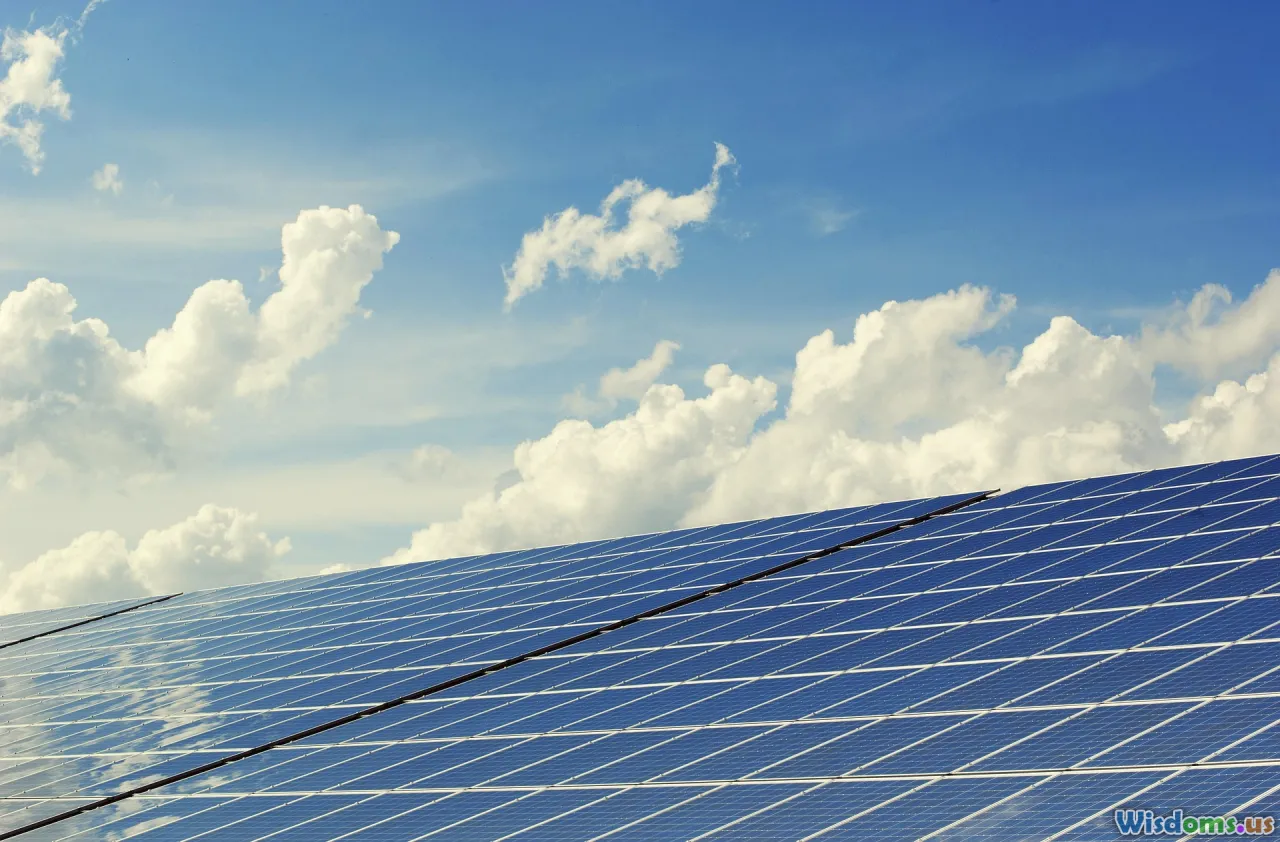
Many question whether a solar cell derived from garbage plastic can actually perform next to its conventional counterparts. Spoiler: early results are promising, although challenges remain.
Key Performance Metrics
Three metrics dominate when analyzing solar cells:
- Efficiency: What percent of sunlight is turned into electricity?
- Stability: How long does the panel work reliably?
- Cost: Is it affordable enough to displace less sustainable options?
Typical silicon solar cells achieve efficiencies of 15-22% in commercial products and last over 20 years. Polymer-based cells from recycled plastics, while still developing, have begun reaching efficiencies of 8–12% under laboratory conditions—competitive with first-generation silicon cells from the 1980s and some thin-film technologies today.
Notably, their production requires far less energy, and the feedstock (waste plastic) is virtually ubiquitous and inexpensive.
Flexibility and New Form Factors
An additional advantage: plastic-derived solar cells can be printed on bendable surfaces, making them ideal for powering wearable devices, solar tents, windows, and even clothing.
Obstacles That Remain
These novel OPV cells have struggled with stability—they degrade faster when exposed to environmental factors like UV light and moisture. Researchers have responded with improved encapsulation layers, including recycled PET-derived coatings, creating a compelling recycling-in-recycling story.
Some hybrid approaches, blending waste-derived organic polymers with robust inorganic materials, are also showing lifespan improvements, signaling a likely future convergence of these innovations in commercial products.
The Chemistry Behind Repurposing Waste

To truly appreciate these advances, it's worth delving deeper into the underlying chemistry. At the heart of the transformation from trash to tech are catalysts and functionalization reactions designed to maximize electronic conductivity and light absorption.
Catalyst Design for Recycling
Traditionally, plastics like PET and polystyrene are stable because their carbon chains resist breakdown. New metal-organic catalysts, some using abundant iron or cobalt, accelerate this process without requiring high temperatures, a significant reduction in carbon footprint compared to traditional incineration or mechanical recycling.
For example, the "MoReT" (Molybdenum Recycled Terephthalate) series of catalysts, recently published in Nature Catalysis (2023), have enabled batch depolymerization of household plastic at just 80°C.
Functional Monomer Integration
Chemists don't stop at simply breaking down the waste—they reconfigure the resulting molecules. By adding functional groups (such as thiophene or carbazole units), the plastic-derived polymers gain specific optoelectronic properties, tailoring their response to the solar spectrum. This customization is at the cutting edge of plastic reuse, differing drastically from mechanical recycling that produces lower-value, downgraded plastic commodities.
Economic and Environmental Impacts

Shifting from simple plastic recycling to upcycling waste into solar technology holds transformative/global potential:
Circular Economy Catalysts
Not only does using waste plastics reduce landfill pressure and microplastic pollution, but it also injects value into the recycling chain. Municipalities that deploy plastic-to-solar programs can offset energy costs, potentially sell surplus power, and keep waste workers in jobs as the global recycling market shifts.
Globally, if just 10% of today's plastic waste could be sourced for OPV production, it could manufacture enough solar capacity to power tens of millions of homes, especially in sun-rich, developing contexts.
Greenhouse Gas Savings
Plastics are made from fossil fuels, and their incineration releases large volumes of greenhouse gases. By re-imagining these polymers as energy harvesters, we sidestep emissions while also generating clean power—a dual win reflected in lifecycle analyses of PET-to-OPV initiatives, which project 50–70% lower net carbon emissions than traditional panel manufacturing.
In regions where plastic scrap is abundant but energy is scarce—think remote Pacific islands burdened with imported bottled water—this technology could bridge both infrastructure and sustainability gaps in one stroke.
Real World Applications and Future Possibilities
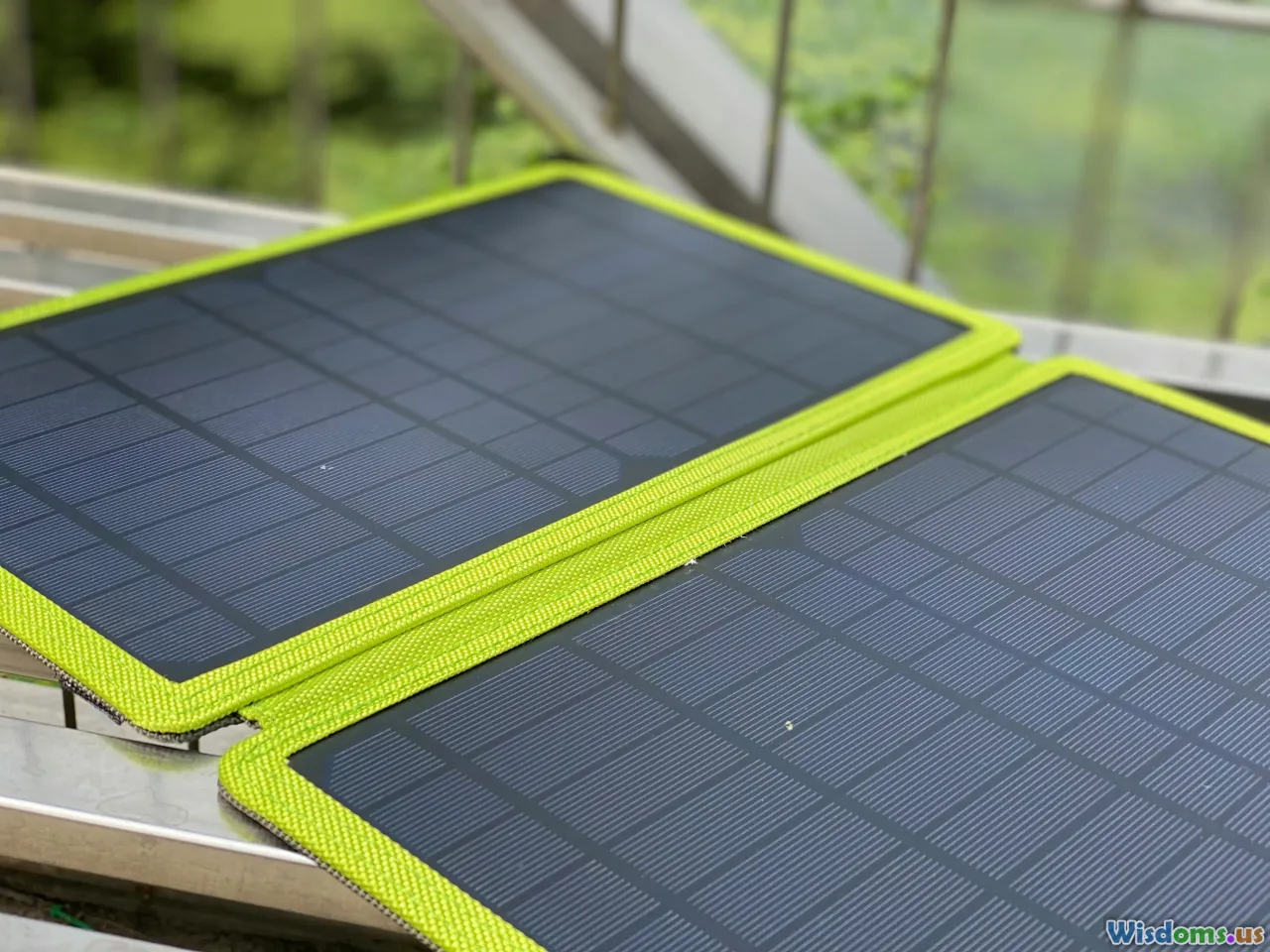
Some prototype projects are already leaping from laboratory benchtop onto rooftops, windows, and apparel.
- Solar-Powered Greenhouses: Lightweight, transparent OPV sheets made from recycled PET are being tested for greenhouse roofing, allowing both crop growth and electricity generation.
- Wearable Solar: A Japanese electronics company demonstrated smartphone-charging shoulder bags composed of flexible OPV fabrics spun from polystyrene waste.
- Post-Disaster Relief: Emergency tents with solar films derived from local waste are being trialed by aid organizations needing reliable, deployable power after natural disasters.
- Building-Integrated Photovoltaics: Office buildings, especially in Asia, are experimenting with window-film solar panels manufactured partly from local plastic refuse, aiming for both energy savings and reduction in heat load.
The Next Frontier
Innovators are now targeting plastic-derived perovskite solar cells, a hybrid that promises marathons in both efficiency and flexibility. Meanwhile, advances in bioplastic upcycling signal that the next generation of sustainable plastics could, from cradle to grave, end their service life as clean energy sources.
Practical Pathways: Advice for Stakeholders
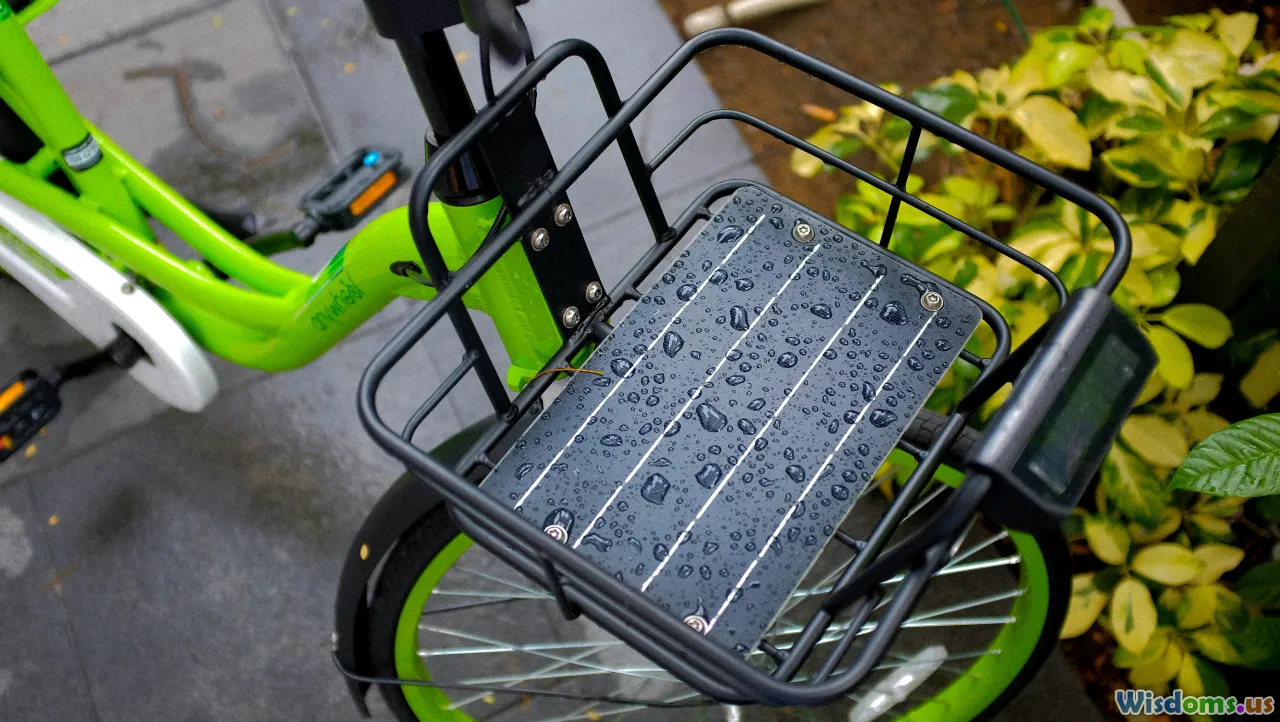
For entrepreneurs, urban planners, and policymakers eager to champion this paradigm, a handful of strategies can foster success:
- Forge Local Partnerships: Collaboration between recyclers, nonprofit groups, and research institutions can streamline sourcing and process optimization.
- Invest in Modular Facilities: Pilot processing plants for plastic depolymerization can be set up adjacent to landfills or recycling sorting centers, reducing logistics costs and supporting a community-scale energy ecosystem.
- Public Awareness Drives: Highlight the energy and pollution offset potential of plastic-derived OPVs through community programs and school STEM curricula.
- Incentivize Circular Procurement: Subsidies or mandates for public projects (such as school or bus stop shelters) employing waste-plastic solar materials spur early market demand.
- Participate in Global Networks: Plug into international clean energy and zero waste initiatives to leverage funding, technical insights, and visibility, learning quickly from global best practices.
The Vision of a Cleaner, Brighter Future
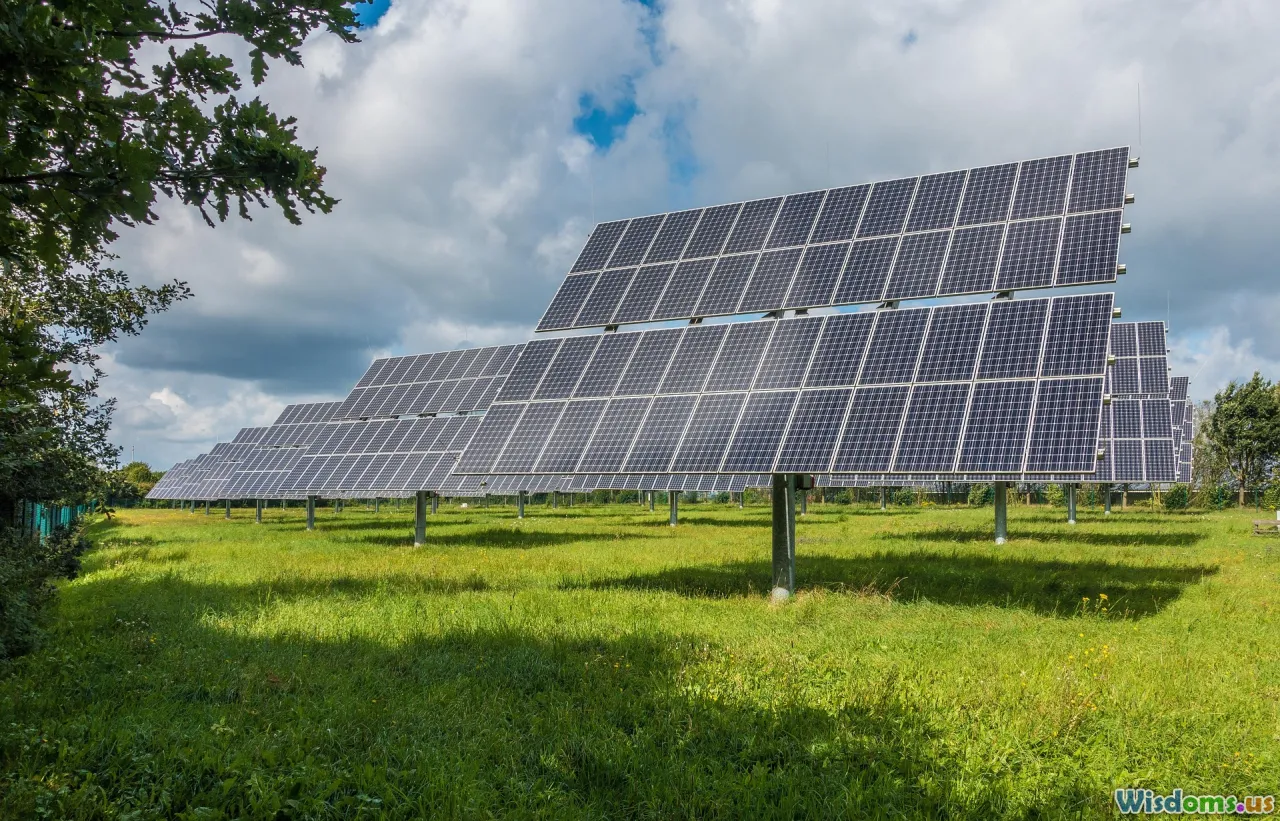
The chemistry enabling the upcycling of waste plastics into solar cells is not just alchemy, but the product of decades of determination and fine molecular engineering. As efficiency gaps close and practical hurdles are overcome, this science fiction vision edges closer to mass reality: a sun-powered revolution using the very refuse that blights our oceans and streets.
By transforming plastic pollution into the backbone of a solar-powered future, we do more than clean up the past. We launch a compelling narrative of global resilience, where every discarded water bottle or takeout box harbors not just a second chance, but the promise of renewable hope radiantly remade under the sun. The journey is only beginning—but for the chemistry of human ingenuity and sustainability, the outlook is dazzling.
Rate the Post
User Reviews
Other posts in Renewable Energy
Popular Posts
















